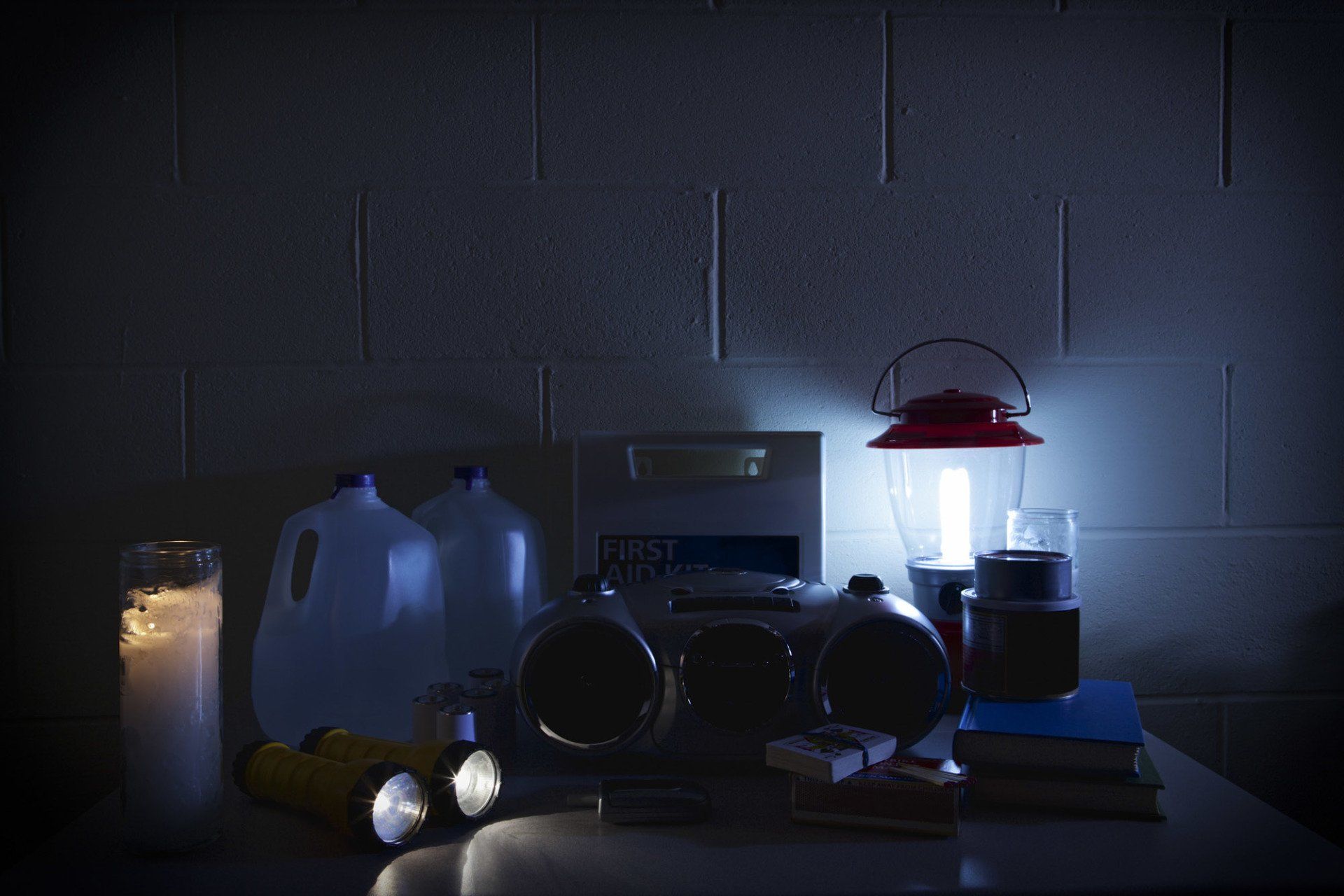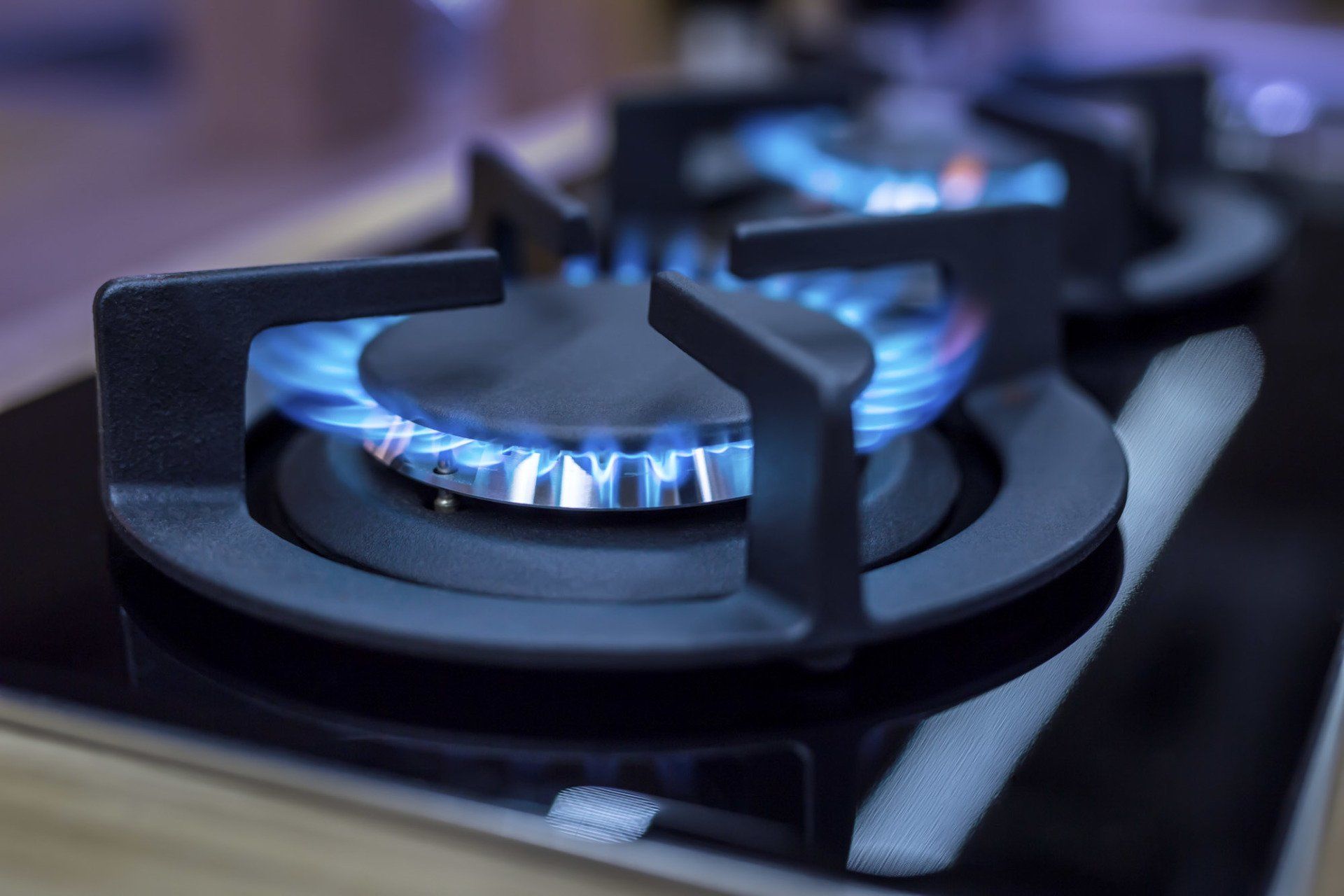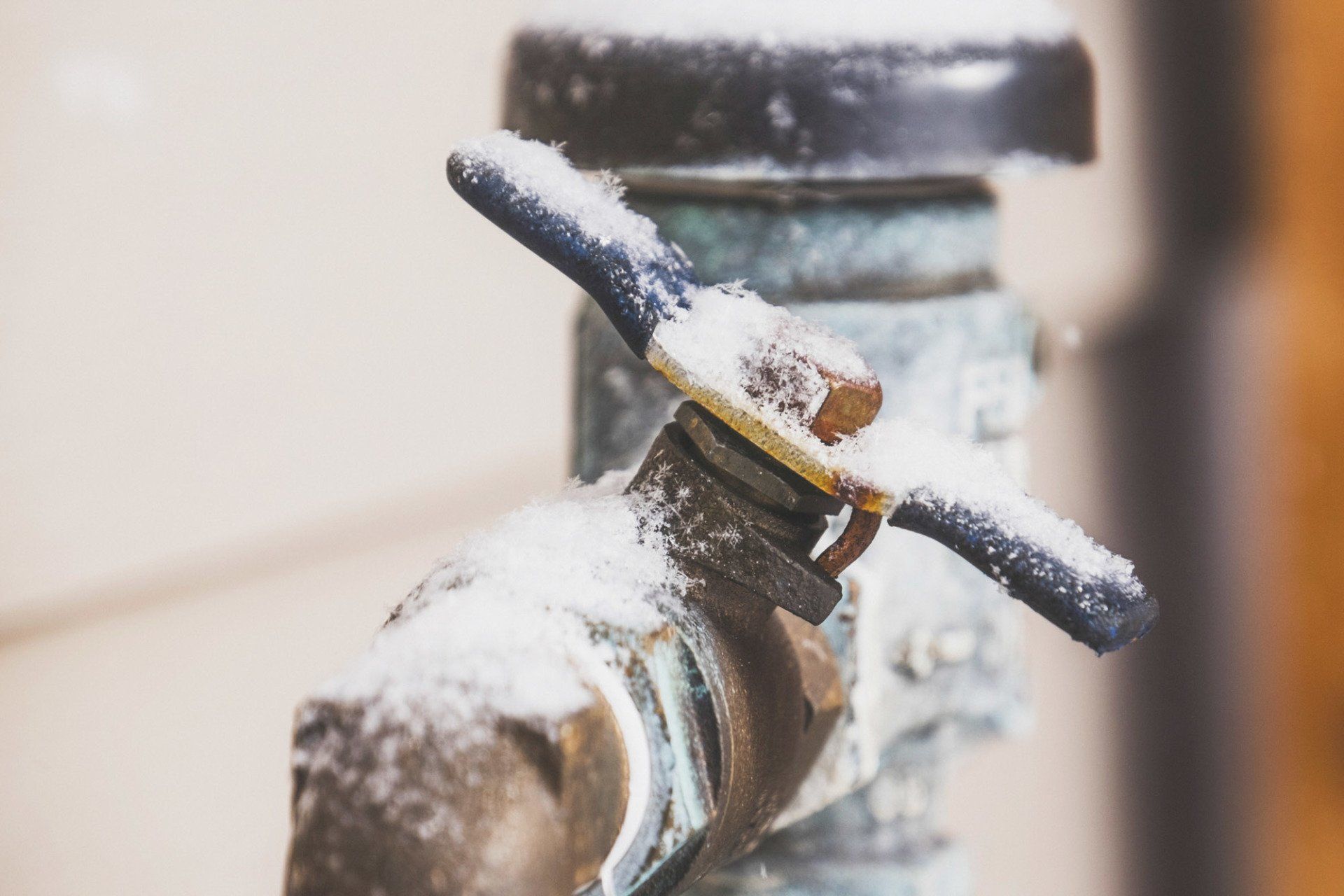No AC?! Stay cool. Troubleshooting Air Conditioner Problems, no problem!
AC not working in your place? Stay cool my friend. A checklist for chillin’ with your air conditioner.
So, you're hanging out, and you notice it is getting hotter. Your AC is on, but man, it’s like 80+ degrees inside. What’s the deal? Let’s figure it out with this easy AC checklist.
Please note, AC not working is NEVER a maintenance emergency. Inconvenient? absolutely! (And we apologize for the inconvenience and are ready to help). But not an emergency. Please be respectful of service people’s evening and weekend time by not using the emergency call line for non-emergencies. The biggest reason is that heating and cooling stores are not open on the weekend; therefore, we cannot get parts for your system.
If you try everything below and you still aren’t chilling out, submit a maintenance request and we’ll get it handled during normal business hours!
Issue 1: Be sure that the AC unit is ON and that it is getting power.
Is air flowing out of the vents?
Put your hand by an air vent (not an air return vent, these are bigger). Do you feel any air moving? If not, check the following:
- Is the thermostat set to On and Cool? If not, turn it to on.
- Is the fan set to auto? If yes, set it to ON and see if you get any air flow (it won’t be cold if the AC isn’t working, but air should flow. If it doesn’t, that’s vital info!).
- If no air flow even with fan set to On, check the breakers for the unit? Locate the fuse box, find the ones labelled AC (there will likely be more than one). Are they off or tripped (half way over)? Turn them on. If they were on, go ahead and flip them off, then wait five minutes, and turn them back on. ALSO, check your air filter. If it’s really clogged, it may keep air from flowing at all–and even if it’s just somewhat dirty and clogged, it can cause the outside unit to overwork and “freeze up.”
If you still have no air (at all) coming from the vents, please submit a maintenance ticket through your tenant portal and we will have someone come out during normal business hours.
Issue 2: Air is coming out, but it’s not cold.
So, you have air moving, but it’s not cold air? Then the question is why no cold? And the answer usually is because the outside unit is not working or not working well.
Is the thermostat set to On and Cool?
I know, it seems obvious, but we have had calls where tenants have turned the thermostat FAN to on, but didn’t set the AC to cool. Check it to be sure.
Is the outside AC unit running (making noise AND has a whirling fan)?
If the outside unit is not running at all…
Are you REALLY sure you have checked the thermostat and the all the AC breakers? Flip the breakers for 5-10 minutes, and turn it all back on. Any luck? If not, submit a maintenance ticket with the details of what you have learned (it will help us ID what you might need) and we’ll get right on it.
If the outside unit is running but it has ice on it…
Does the outside unit look like it has ice on the sides (could be a little, could be a lot!)? See “frozen units.”
Check the INSIDE part of the AC system (the “blower”)
Is the filter very dirty or was it partially “sucked up” into the unit?
Replace it. It’s impeding air flow. Get one of the exact same size. You may need to unfreeze the unit (see frozen units).
Is there ANY water around the filter or the base of the unit?
This is a good sign that the INSIDE unit has frozen up. Another good clue is if there is some ice around the insulated pipe that usually comes out of the unit in front (the copper one, not the plastic one).
Frozen AC Units – The most common AC unit issue during move in
You may have a frozen AC unit. If it looks like ice on the outside unit, its likely frozen. Turn the AC off (you may leave the fan set to on) so that it may thaw out. It can take a while: hours (up to 12!!), not minutes…. Note, it doesn’t have to look nearly as bad as this one.
This happens most often when it’s hot, you crank the AC down, and you have the doors open and closed a lot (think moving in, or “party”). The unit runs too much, can’t keep up, builds up ice, which makes it less efficient, and continues until it won’t work at all (and can be a solid ice block!).
You might also check the filter. If it is really dirty, try replacing it. Dirty filters can make it more likely an AC will “freeze.” Either way, you have to wait for it to thaw out. Once thawed, turn it back on, and only lower the AC temp a few degrees at a time.
The ONLY solution for a frozen unit (inside or outside) is to turn the unit off completely and to let it completely thaw.
Anything else will repeat the cycle (and frustrate you). All AC units are prone to this problem when then can’t keep up and/or have dirty filters.
Both the inside and outside units can freeze up, one, the other, or both! The inside one is harder to tell but it usually has some ice around the pipe entering the unit on the front.
Other AC Related Concerns? Water Leaking…
You might find that your inside or outside AC unit are leaking water? Should you be concerned?! Yes, well especially inside, but sometimes its normal (outside). This blog post from Sears talks a bit about various water leaks related to AC.
No luck?
We are sorry you are having trouble with your AC. If you have tried all of the above, please submit a maintenance request (noting what you learned while troubleshooting), and we will get you chillin’ in no time.
Here’s a quick video that addresses some of the above steps….
Note, the electricity in AC units is nothing to mess with. Please do not attempt any of the repairs that involve taking apart the units — you can get hurt AND you can cause identifiable damage that is worse than the original problem.





